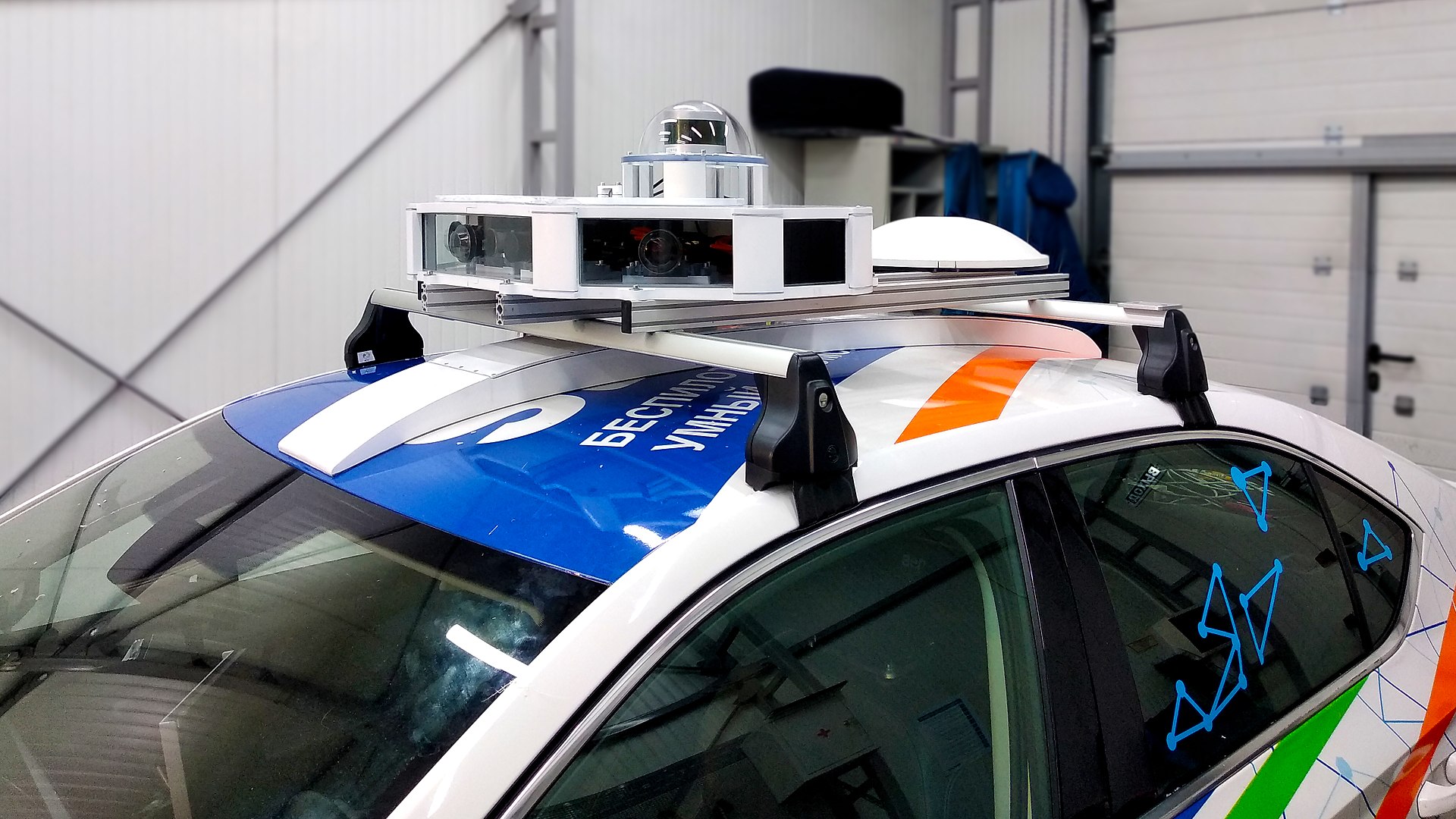Media release
From: Springer NatureSelf-driving cars drive more safely with new algorithm
An algorithm that helps to ensure that autonomous vehicles drive safely is described in a paper published this week in Nature Machine Intelligence.
Safety continues to be a major challenge for autonomous vehicles. Since self-driving cars do not have the ability to lose concentration or become fatigued like human drivers can, they have the potential to reduce the number of traffic accidents on the road. However, humans are much better at responding quickly and appropriately to situations that they never encountered before.
Although self-driving cars cannot be trained on all possible traffic situations, they can be provided with a framework that always calculates an accident-free trajectory, provided other road users drive legally. Christian Pek and colleagues present an algorithm that ensures that the autonomous vehicle will not cause accidents regardless of its trajectory planner. Assuming that other traffic participants follow physical and legal constraints, the algorithm can calculate safe plans to fall back on, should an unexpected event occur. The authors tested this approach with real traffic situations that were recorded in urban scenarios and replayed them to the algorithm. They found that the algorithm did not suggest any unsafe routes at any point.
Autonomous vehicles can only be widely adopted once they can be trusted to drive more safely than human drivers. This finding suggests that formal verification can contribute to safe autonomous vehicle behaviour.


